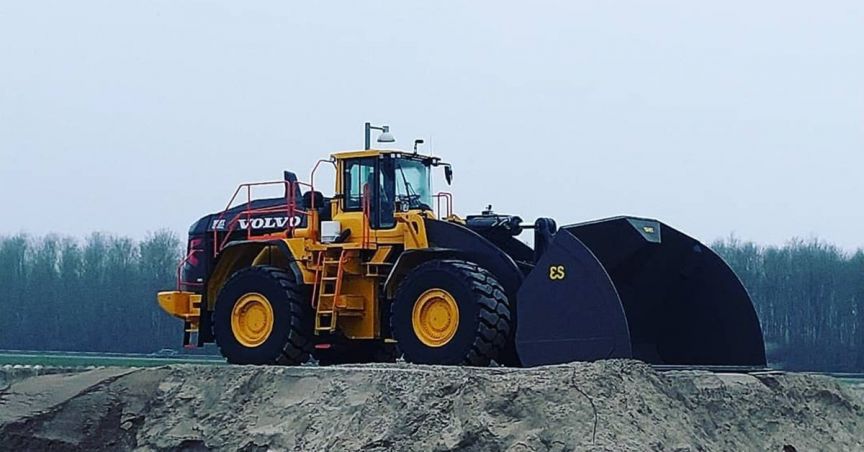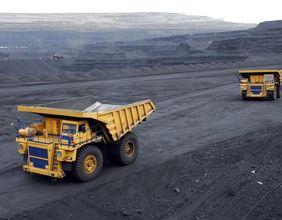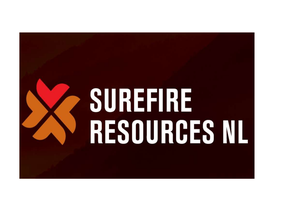Raiden Resources Limited (ASX: RDN) today, 09 April 2019, released an exploration update for its Donje Nevlje project in Southern Serbia.
The Donje Nevlje project is 100 percent owned and operated by the company. The project is situated in the Southern Serbia area on the border with Bulgaria. The project has been subject to many exploration campaigns by the Yugoslav geological agencies throughout the 1960s. Raidenâs follow up drilling of the anomalies was curbed to only two drill holes and have not been followed up till date.
The management considers the lack of modern exploration on this project an opportunity to discover a blind porphyry-epithermal system. The company has permits covering a 25km long belt.
The Managing Director, Dusko Ljubojevic mentioned that the results that the company has received is only for data over one of the two targets and considering this he believes the number and the size of the target as very encouraging. He also highlighted that based on the IP results, the company is going ahead with a drill program to verify the most promising targets at Donje Nevlje and he further stated that the drilling may be extended to the Borovo anomaly if the results warrant.
Project results:
Last month the company engaged a German geophysical service provider, Terratec Geophysical Services to conduct an eleven-line, Induced Polarisation survey over the target zones on the Donje Nevlje project. The survey was focused mostly on the eastern part of the project. Post the survey the company has identified several priority targets. The results point to the existence of sulphide mineralisation. The survey has defined two main targets- Donje Nevlje Lower and upper targets.
The encouraging aspect of the result is that the IP anomaly is located close to the historical drilling hole. The companyâs geologists believe the IP responses fit to the model of an epithermal mineralisation system. The Donje Nevlje lower anomaly is situated ~ 300 meters to the east of the Upper Anomaly. Further, the company reports that this is deeper and substantially larger than the Upper anomaly.
On the back of the modelling of the IP data, the company is planning a 1,500-meter diamond drilling program to test the prospect for blind epithermal-porphyry systems. The company is also planning a surface trenching over the areas covered by the Yugoslav geological agency.
Terratec Geophysical Services deployed a method of Induction Polarisation, using a modified TDIP pole-dipole array designed to spot the resistivity and chargeability distribution at depth.
The drilling and trenching are planned to commence in tandem early in the 2nd quarter, 2019.
The stock has been in a downtrend in the past one year, with a negative return of 54.55 percent. However, in the past three months, the stock has been in an uptrend with a positive return of 42.86 percent.
RDN has a current market cap of ~ AUD 4.1 million with ~ 410.43 million outstanding shares. On April 9th, 2019, the RDN stock price is at AUD 0.011 on ASX up by 10.00 percent (as at 1:50 PM AEST) as compared to its previous trading day close price. The 52-week high price is A$0.025, and the 52-week low price is A$0.007.
Disclaimer
This website is a service of Kalkine Media Pty. Ltd. A.C.N. 629 651 672. The website has been prepared for informational purposes only and is not intended to be used as a complete source of information on any particular company. Kalkine Media does not in any way endorse or recommend individuals, products or services that may be discussed on this site. Our publications are NOT a solicitation or recommendation to buy, sell or hold. We are neither licensed nor qualified to provide investment advice.






